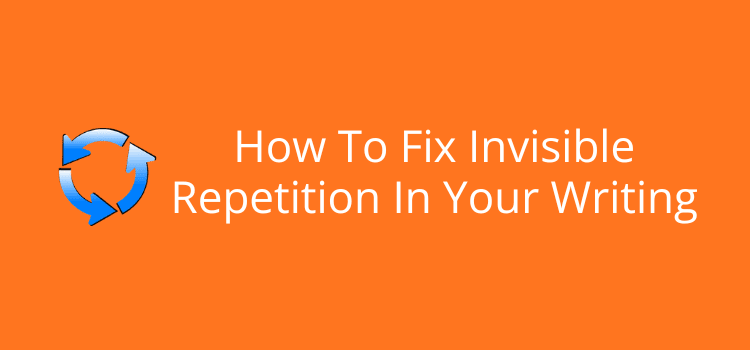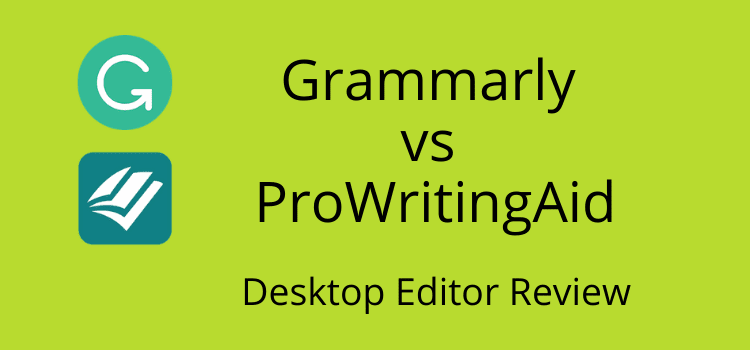
Have you started writing fiction and want to know the rules for writing a book?
Are you thinking about becoming a famous author of fiction or nonfiction?
If so, please feel free to read on.
I would like to share my ten tongue-in-cheek rules with you for writing a book that will be totally unsuccessful.
How not to write a book
… and not get people to buy thousands of copies.
If you have started writing a story or book and are desperate not to make the bestseller status super fast, keep reading.
Some of these ten golden rules are hard work.
Others are very technical or need good writing habits.
At the same time, others need hours and hours of practice and perfection every day.
… and not get people to buy thousands of copies.
If you have never written a book before, the complexity of these golden rules of writing might surprise you.
But don’t worry; I am sure you will see the benefits very fast once you start following my book writing rules and advice.
Are you ready to learn?
Here we go then on a wild ride with ten rules of writing a book that will never stand a chance of selling.
1. Always Add Blank Pages
Always include a lot of blank pages at the back of your book because this makes your book a bit thicker. Every single page you add will look like much better value to book buyers.
It also reduces the actual writing time.
This trick works just as well with ebooks as it does with a real book, making the percentage to read graph a lot longer.
It will fool readers into thinking that they have a lot more pages left to read. But in fact, they don’t have that many pages to read at all.
With some books, reaching the end sooner than anticipated might even be a huge relief for the reader.
It pays to think about these kinds of little things you can do for your readers when you write a book.
2. Make Very Clear Mistakes
Here is some excellent writing advice. Be consistent with your typos and spelling mistakes.
Avoid using useful online grammar and spellcheckers because they will really mess with your consistency.
You don’t want to be grammatically correct only some of the time.
Cambridge University says that a reader’s brain can adjust quickly to what you have written. So keep your mistakes and boo-boos very regular and uniform.
But concentrate hard on the first and last letter of your words. If you get them right, you are really good to go.
Cdnuolt blveiee taht I cluod aulaclty uesdnatnrd waht I was rdanieg. The phaonmneal pweor of the hmuan mnid. Aoccdrnig to rscheearch at Cmabrigde Uinervtisy, it deosn’t mttaer in waht oredr the ltteers in a wrod are, the olny iprmoatnt tihng is taht the frist and lsat ltteer be in the rghit pclae.
3. Yes, Exploit Your Mother
When you start writing a book, always dedicate it to your mother.
Say how she helped you and suffered your pain and how she pushed you into enriching your life with writing. You can add how she loved writing too, and spent long nights with you adding and deleting commas.
It increases the aaawwww factor dramatically. It also gives you an opportunity to include yet another blank page after it.
4. Change Your Name
If you have a long name, change it.
Bestselling successful authors must restrict their names to six letters or fewer. Then your name will be in enormously tall, big, and bold letters on the front cover.
You know, like KING. I wonder if Stephen King changed his name to fit it on a book cover. Or was he just born lucky?
Long names reduce the font height by an exponential factor for each letter after the sixth.
If your name is ten letters or more, expect readers to need a magnifying glass to find it on the cover.
For many yet to be authors, meaningless initials are also, of course, absolutely mandatory.
5. Get Old Fast
If you are under fifty, do not put a photo of yourself on the back cover of your book.
Writers must look mature, experienced, sage, and, well, old. This applies particularly to a nonfiction book. You need to be a sage.
If you really want your photo on the back cover, do a bit of magic with Photoshop. Add some wrinkles, glasses, and grey hair.
Once you’ve aged yourself a little bit, then you can add your photo on the back cover.
6. Ditch The Narrative
Use a lot of dialogue in your book. This is because it takes up a lot more page space.
It helps with point one in making your book much thicker.
The narrative tends to be in tidy, solid paragraphs. So stay clear of long, neat, economical space-saving paragraphs as much as possible.
Use brief, very short dialogue lines of only a few words. You will have written a tome in no time at all.
The hardest part of the writing process is, well, writing. So take this shortcut to carry dialogue to the extreme.
“It’s easy,” he said.
“I agree,” she said.
“Do you?”
“Yes, I do.”
“Why?”
“I don’t know.”
7. I Love This Book And The Author Too
Get your very best friend, mother, or spouse to write the book review blurb for the back of your book.
They love you and will only say very nice things about you and your book.
While you’re at it, get them all to add a pile of book reviews on Amazon too.
They will say how much you have helped people throughout your life. And that you love kids, puppy dogs, and little kittens.
They probably never got around to reading your masterpiece in great detail.
Perhaps they don’t even know the name of the main character.
Maybe they didn’t read a word of it. But who cares if they finish this book of yours?
All readers tend to skip parts of a book. If your friends skipped a lot more, or every part of it, so what.
You wrote a book of fiction. So your mother, spouse, or best friend can write something fictitious too.
8. And, But, So
Another good idea is to use very short, simple words.
Words comprising more than six letters can be confusing for some readers.
Never overestimate your readers’ ability to read. Always underestimate it, to be kind.
You should constantly be refining your writing because interminably elongated words foreshorten your probable market perspective to exclusively those readers with an elevated intelligence quotient.
9. Maybe, Use Some Punctuation
When you sit down to start writing every morning in your writing room, always start your first new sentence with a Capital letter.
Oh, and try to remember the full stop (period) at the end. It helps readers navigate the text a little better.
Avoid using semicolons, though; as no one really knows how to use them. If in doubt about your punctuation—use an em dash—as it always works.
And don’t bother keeping your exclamation points under control!!!!!
10. There’s A Story, One Hopes
One of the big rules for writing a book is to make sure you have some sort of story to tell and that you don’t just copy and paste stuff that isn’t yours.
This goes for writing fiction, short stories as well as nonfiction books too.
If you copy some of the good bits from Harry Potter, it’s called plagiarism, which is not a nice word.
It’s also very difficult to remember how to spell.
So, make sure that you do actually write all the new words you’ve written yourself.
Three hundred and eighty pages of Lorem ipsum dolor sit amet, sapien platea morbi dolor lacus nunc, nunc ullamcorper. Felis aliquet egestas vitae, nibh ante quis quis dolor sed mauris. Erat lectus sem ut lobortis, adipiscing ligula eleifend, sodales fringilla mattis dui nullam, even with chapter titles, has also proven not to sell very well.
Even though, admittedly, it does speed up the process of writing.
You can write 100,000 words of prose incredibly fast with Lorem ipsum.
Bonus Eleventh Rule: The End
Readers seem to enjoy having a neat ending when they get to the end of a story.
But, whether you like it or not, it’s the part readers like.
So make sure you tidy up all the loose ends that you created in your story and don’t just leave them …..
Related Reading: A serious article on how to write a book.
Share This Article



As a writer, I really enjoyed reading these 11 rules of fiction writing. In fact I wrote them down in abbreviated form to help me with the writing of my next novel. Thank you most sincerely, Derek Haines.
Frankie Espirit